A new study explores tetraquarks, predicts new exotic particles, and offers deeper insights into their complex structure and behavior.
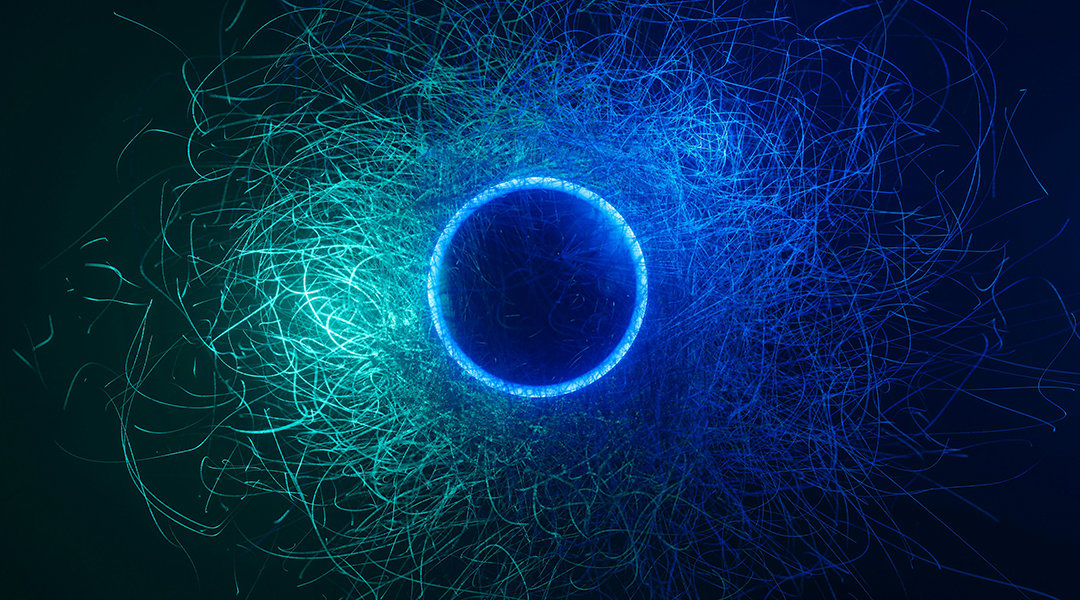

A new study explores tetraquarks, predicts new exotic particles, and offers deeper insights into their complex structure and behavior.
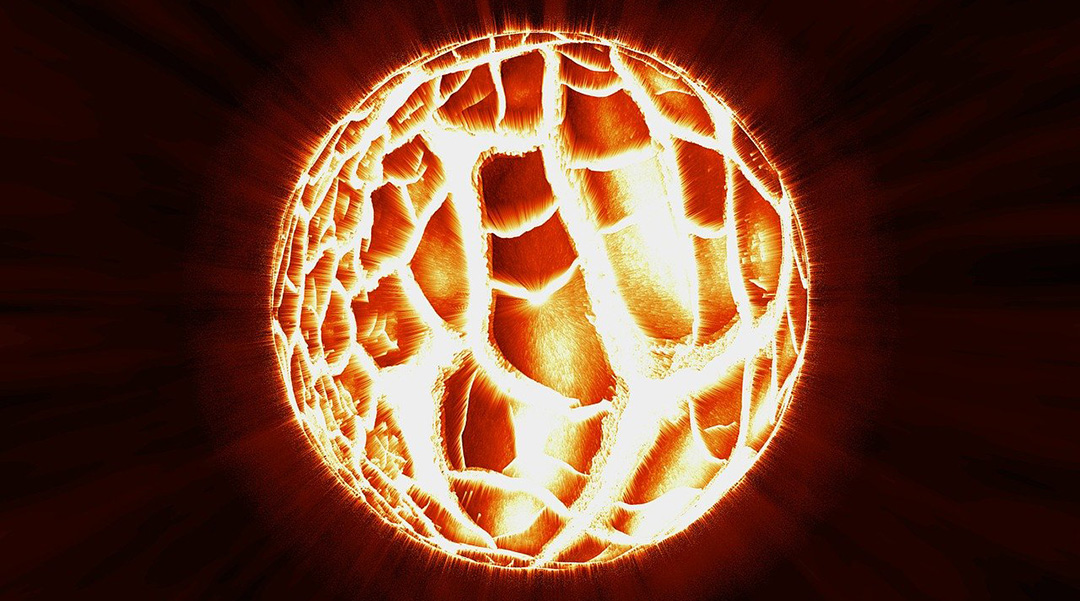
Massive neutron stars have such enormous pressure in their cores that neutrons residing there lose their integrity and become a new type of matter.
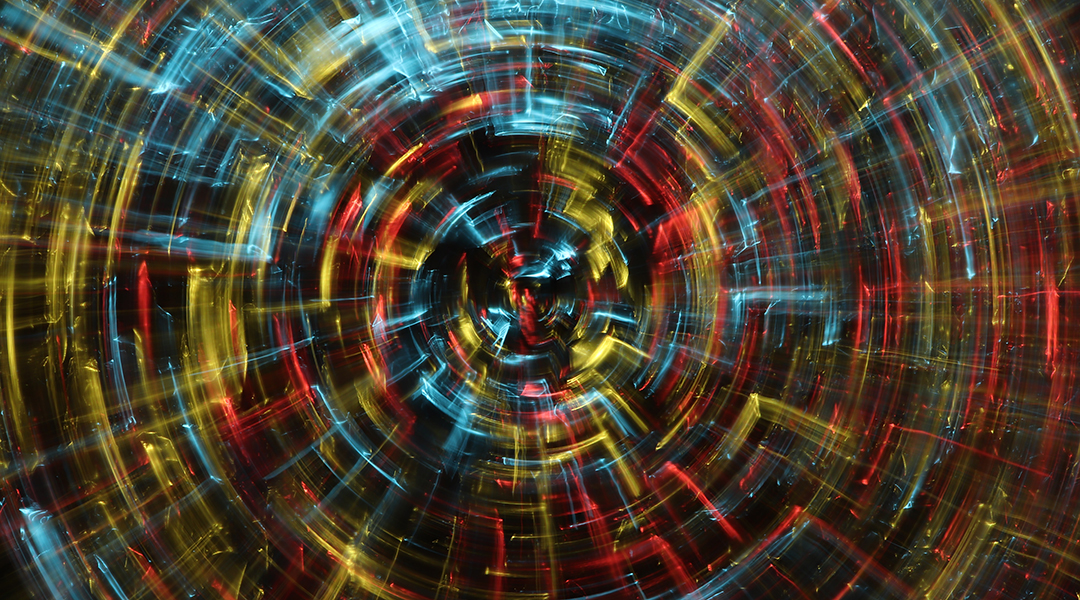
Experiments performed using CERN’s the Large Hadron Collider provide insights into the particles that make up protons and their interactions.
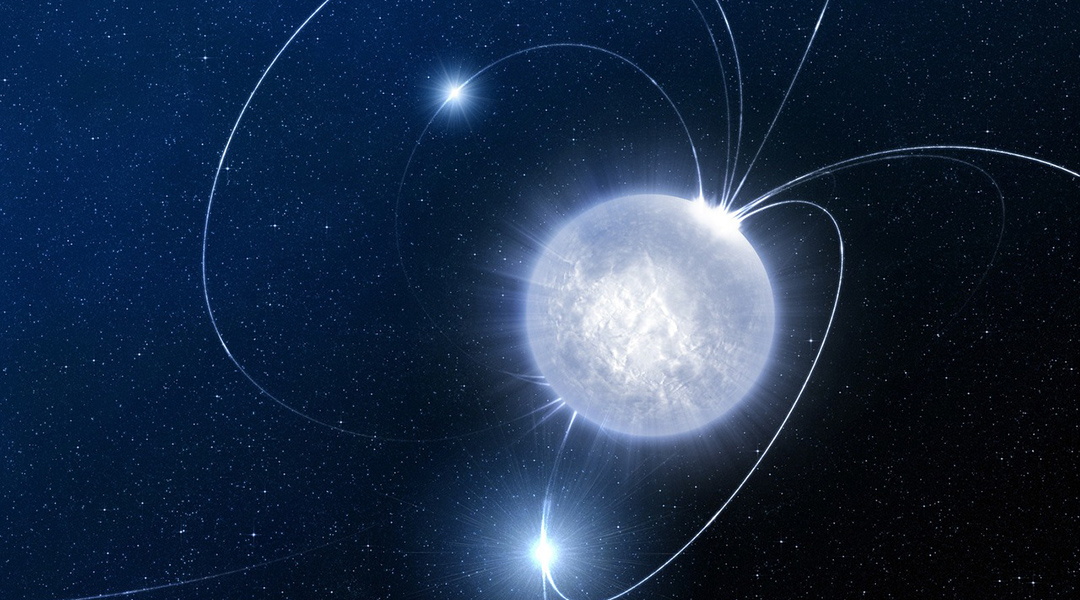
More confirmation needed to see if recently discovered object is a quark star.
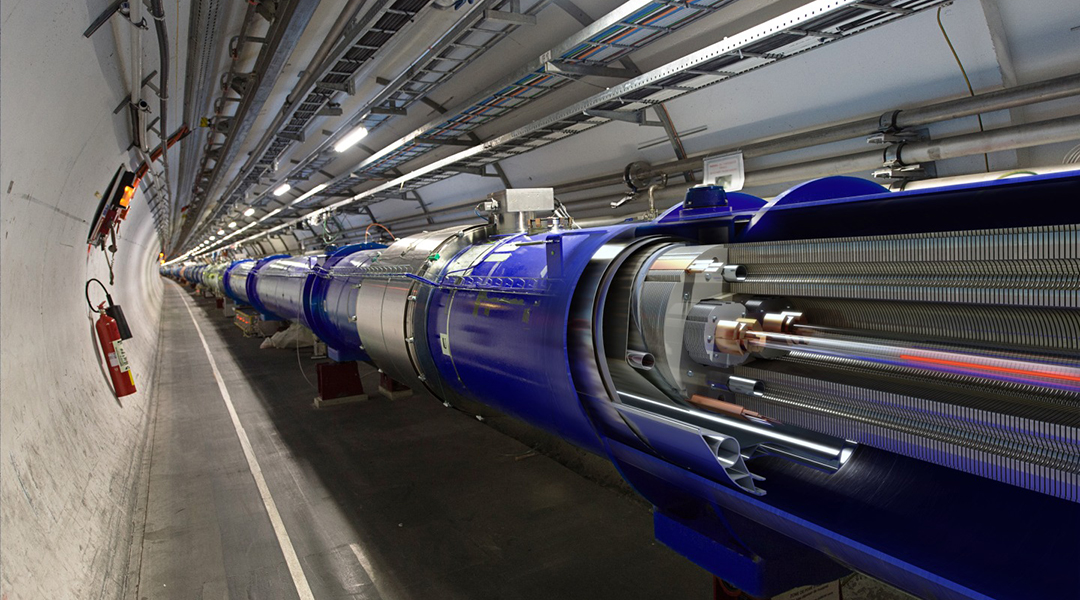
The first direct observation of the dead-cone effect, which arises during the high energy collisions of strongly interacting particles.

Scientists assume that inflation was driven by hypothetical inflaton particles, which scientists think could be the Higgs boson.
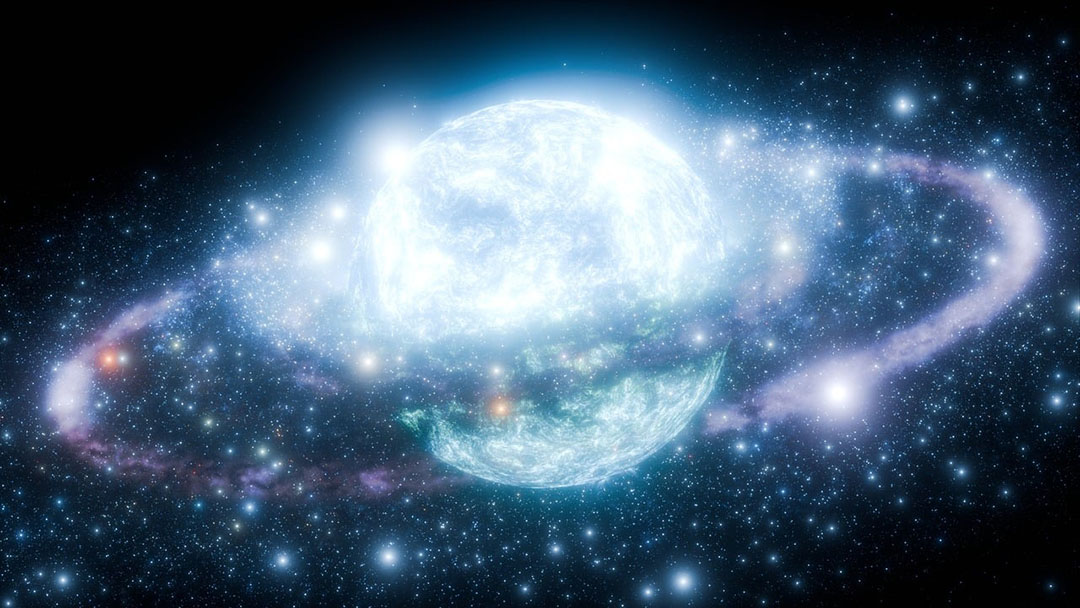
Scientists figure out how different factors, like temperature, density, and pressure, relate to each other in the matter inside neutron stars.
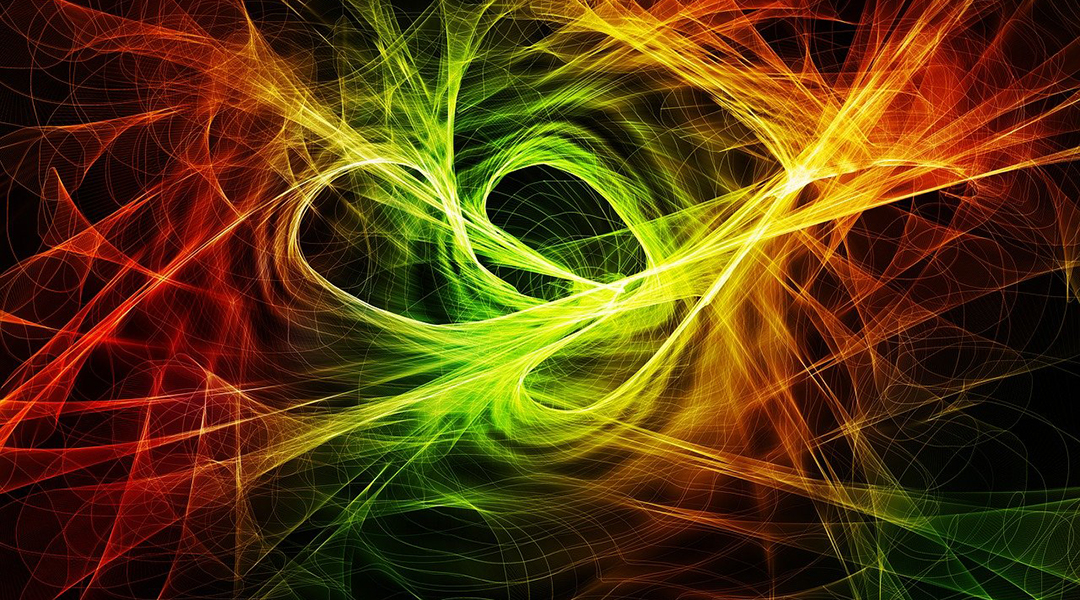
Researchers at CERN’s Large Hadron Collider explore subtle energy signals to search for new physics beyond the Standard Model.
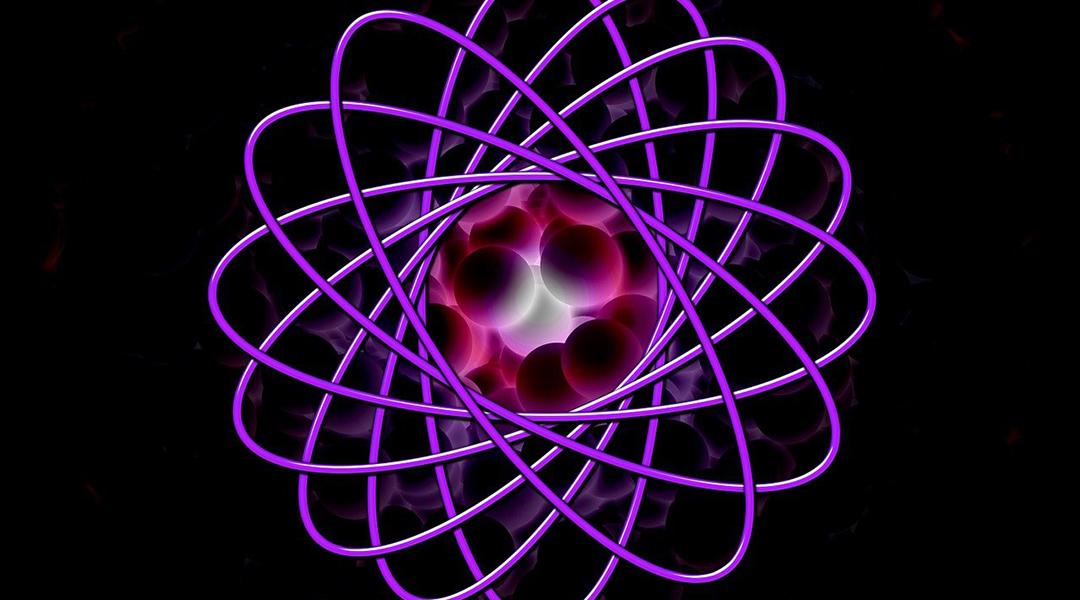
Scientists use cutting-edge techniques to study rare atomic systems called hypernuclei shedding light on subatomic forces and neutron stars.
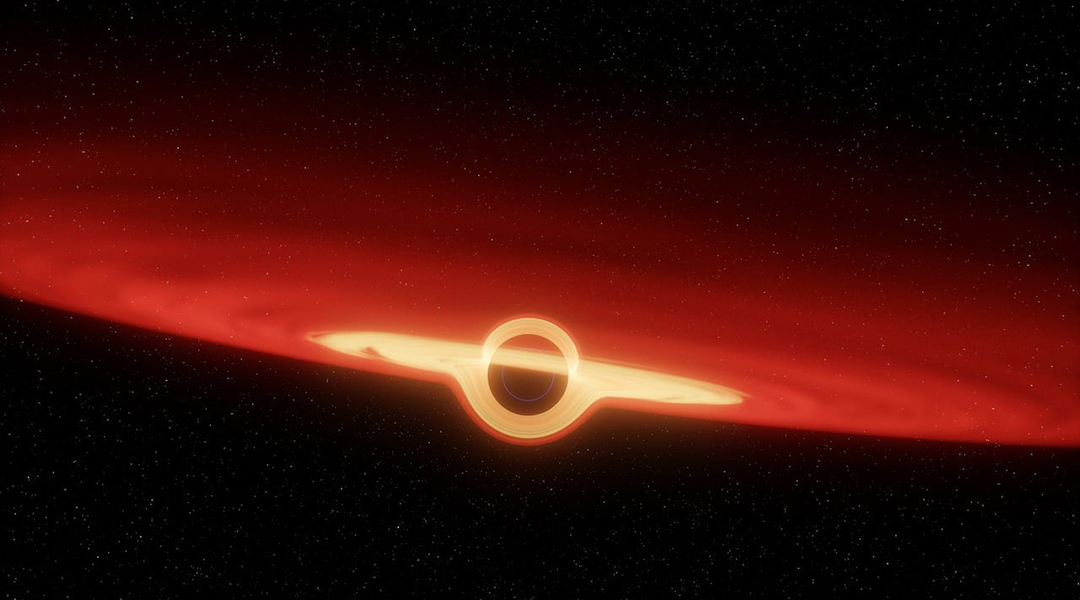
Small primordial black holes could have consumed the interiors of planets or asteroids, leaving their outer shells intact.